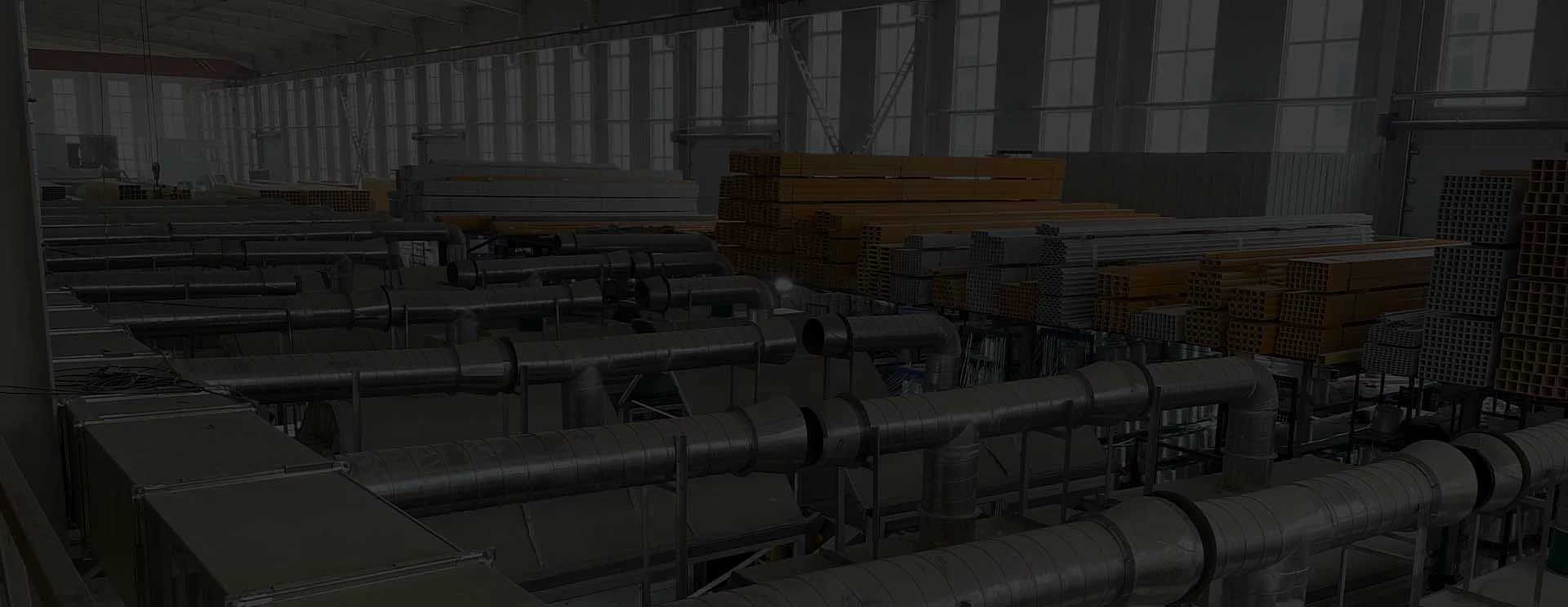loading...
- No. 9, Xingyuan South Street, Dongwaihuan Road, Zaoqiang County, Hengshui, Hebei, China
- admin@zjcomposites.com
- +86 15097380338
- Welcome to visit our website!
Innovative GRP Handrail Solutions for Safe and Durable Applications
Understanding GRP Handrail Systems A Comprehensive Overview
In today's safety-conscious world, the importance of robust handrail systems cannot be overstated. One such innovative solution is the Glass Reinforced Plastic (GRP) handrail system. Combining functionality with aesthetic appeal, GRP handrails are increasingly being utilized across various sectors, including construction, transportation, and industrial applications. This article will delve into the key features, benefits, and applications of GRP handrail systems.
What is GRP?
Glass Reinforced Plastic (GRP) is a composite material made from a polymer matrix reinforced with glass fibers. The strength of the glass fibers combined with the flexibility of the plastics results in a material that is both durable and lightweight. GRP is known for its resistance to corrosion, UV radiation, and extreme weather conditions, making it an ideal candidate for outdoor applications where traditional materials may falter.
Key Features of GRP Handrail Systems
1. Durability and Longevity GRP handrails are designed to withstand the test of time. Their resistance to rust and corrosion is particularly advantageous in marine environments, where metal handrails are prone to degradation over time.
2. Lightweight Compared to traditional materials like steel or aluminum, GRP handrails are significantly lighter. This lightweight characteristic makes them easier to handle and install while reducing the strain on structural supports.
3. Low Maintenance One of the standout features of GRP is its low maintenance requirement. Unlike wood or metal, which may require regular treatment or painting, GRP retains its appearance and structural integrity with minimal upkeep.
4. Safety Standards Compliance GRP handrails are manufactured to meet stringent safety regulations, ensuring they provide adequate support and stability. Their design can be customized to enhance safety measures, including non-slip surfaces and brightly colored options for visibility.
5. Aesthetic Versatility GRP handrails can be designed to fit various architectural styles and preferences. They can be molded into a range of configurations and finishes, allowing them to blend seamlessly with any environment.
Benefits of GRP Handrail Systems
1. Cost-Effectiveness While the initial investment in GRP handrails may be higher than some conventional materials, their long lifespan and low maintenance requirements contribute to overall cost savings in the long run.
grp handrail systems

2. Environmental Impact GRP can be made from recycled materials, reducing the environmental footprint of construction projects. Additionally, their longevity means fewer replacements are required over time, further minimizing waste.
3. Customizability Manufacturers can tailor GRP handrail systems to meet specific project requirements, including height, length, and color. This level of customization is often not feasible with traditional materials.
4. Increased Safety With features such as non-slip finishes and customized heights, GRP handrails can enhance the safety of staircases, walkways, and other critical areas, preventing accidents and increasing user confidence.
Applications of GRP Handrail Systems
GRP handrail systems have found a place in numerous applications, including
- Commercial Buildings Many businesses utilize GRP handrails for stairways and balconies due to their safety features and pleasing aesthetics.
- Industrial Settings In factories and warehouses, GRP handrails can delineate areas safely while resisting harsh chemicals.
- Marine Environments Boat docks and piers benefit immensely from GRP handrails, which resist saltwater corrosion and provide a safe passage for pedestrians.
- Public Spaces Parks and recreational areas often include GRP handrails to ensure safe access and provide a modern look.
Conclusion
Overall, GRP handrail systems represent a blend of innovation, safety, and design flexibility. They offer solutions that meet the rigorous demands of modern infrastructure while ensuring user safety and environmental sustainability. In a world where challenges continually evolve, GRP handrails stand out as a practical and forward-thinking choice for a variety of applications. Whether for commercial use or public space enhancement, the adoption of GRP handrails is undoubtedly on the rise, signaling a progressive shift toward safer and more efficient construction practices.
-
The Rise of FRP Profiles: Strong, Lightweight, and Built to LastNewsJul.14,2025
-
SMC Panel Tanks: A Modern Water Storage Solution for All EnvironmentsNewsJul.14,2025
-
GRP Grating: A Modern Solution for Safe and Durable Access SystemsNewsJul.14,2025
-
Galvanized Steel Water Tanks: Durable, Reliable, and Ready for UseNewsJul.14,2025
-
FRP Mini Mesh Grating: The Safer, Smarter Flooring SolutionNewsJul.14,2025
-
Exploring FRP Vessels: Durable Solutions for Modern Fluid HandlingNewsJul.14,2025
-
GRP Structures: The Future of Lightweight, High-Performance EngineeringNewsJun.20,2025
